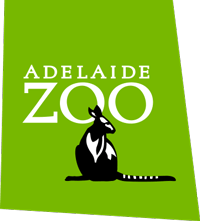At Zoos SA, the welfare of our animals is our top priority. And with over 3,000 animals across 300 species, taking into consideration every individual’s needs is no small task.
As different as African Lions are to Green Anacondas, so too are their welfare requirements. So how do we accurately monitor the physical and mental wellbeing of so many animals? One way is to create what’s known as an activity budget.
Activity budgets are a useful tool that shows how much time an animal spends doing various activities including eating, resting, sleeping and moving.

Our incredible team of volunteer Zoo Watchers record our animals’ activity every two minutes over a number of hours to create these budgets – talk about painstaking work!
Zoos SA’s Life Sciences Support Officer, Dr Rachel Robbins is responsible for collating and interpreting the data recorded by our Zoo Watchers.
“Understanding how captive animals spend their time is an important piece of the welfare puzzle,” she says.
“Examining the activity budgets of zoo individuals can provide information on how the animals interact with their environment.
“For example, we look for how they respond to differing environmental, social or sensory conditions like construction noise, changes to social groups or exhibit upgrades, and whether certain behaviours are being performed excessively.
“An animal with a diverse repertoire of behaviours, that engages in positive opportunities, such as foraging, and spends a low proportion of time expressing abnormal behaviours is more likely to be in a positive affective state.”
The team gathered a stack of this data to create activity budgets for over 30 species that covered not only baseline data to help inform animal welfare, but data comparing pre- and post-exhibit renovations and animal swaps and introductions, as well as before and after our 2020 COVID-induced closure and monitoring the effects of on-site functions and events on the animals.
Beach bliss
A total of 225 hours’ worth of data was collected from watching our two Australia Sea Lions, 24-year-old female Ady and 18-year-old male Tasko, covering the period before, after and during renovations to their exhibit.
Results showed that, since the expansion of their beach area, the pair were spending more time grooming and resting on land, as well as less time engaged in stereotypic behaviours. This is particularly relevant for female Ady, who had a dramatic 90% reduction in pattern-based swimming, an incredible improvement and a testament to the great benefits that can be achieved through changes to an animal’s environment.
Further, demolition of the visitor boardwalk and the installation of an expanse of glass has changed the way we view the sea lions, and indeed the way they view us, providing them with a great view out to the zoo. The time spent interacting with visitors by both animals has tripled since the renovations were completed, which is enriching for both animals and the public alike and provided some unique moments of connection for our visitors.
Colobus Crossing
Activity budgets showed that three of Adelaide Zoo’s Black-and-white Colobus spent more time moving, feeding and engaging in social behaviours after the opening of their aerial tunnels, which provided more complexity in the form of sweeping views, vertical perches and more space to roam. These results complement the growing body of research demonstrating that increasing the complexity of primate enclosures has a measurable effect on their behaviour and welfare.
Two’s a crowd
Data from our Zoo Watchers showed that over at our sister site, Monarto Safari Park, their male Southern White Rhinos Ibutho and Satara spent more time resting after Ibutho’s move to another precinct across the park. This suggests keepers’ decision to position “competing” male rhinos further away from each other was one that supported positive welfare.
Welfare budgets from this period also informed decisions for other animals including our Pygmy Hippopotamus and Southern Hairy-nosed Wombats.
Next time you visit Adelaide Zoo or Monarto Safari Park, you might spot some of our dedicated Zoo Watchers observing our animals. Make sure to give them a smile and remember the incredibly important work they are helping us with!








